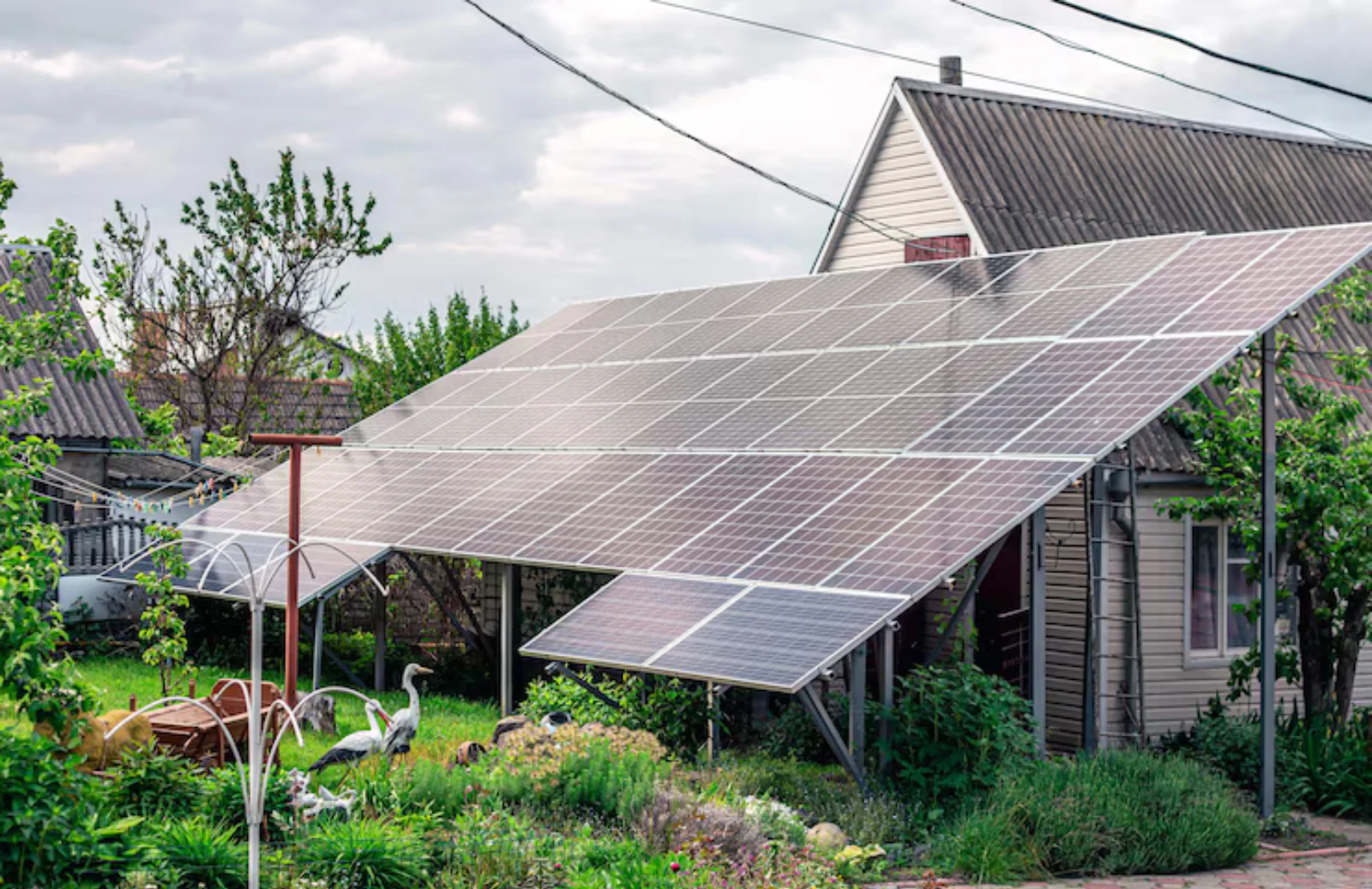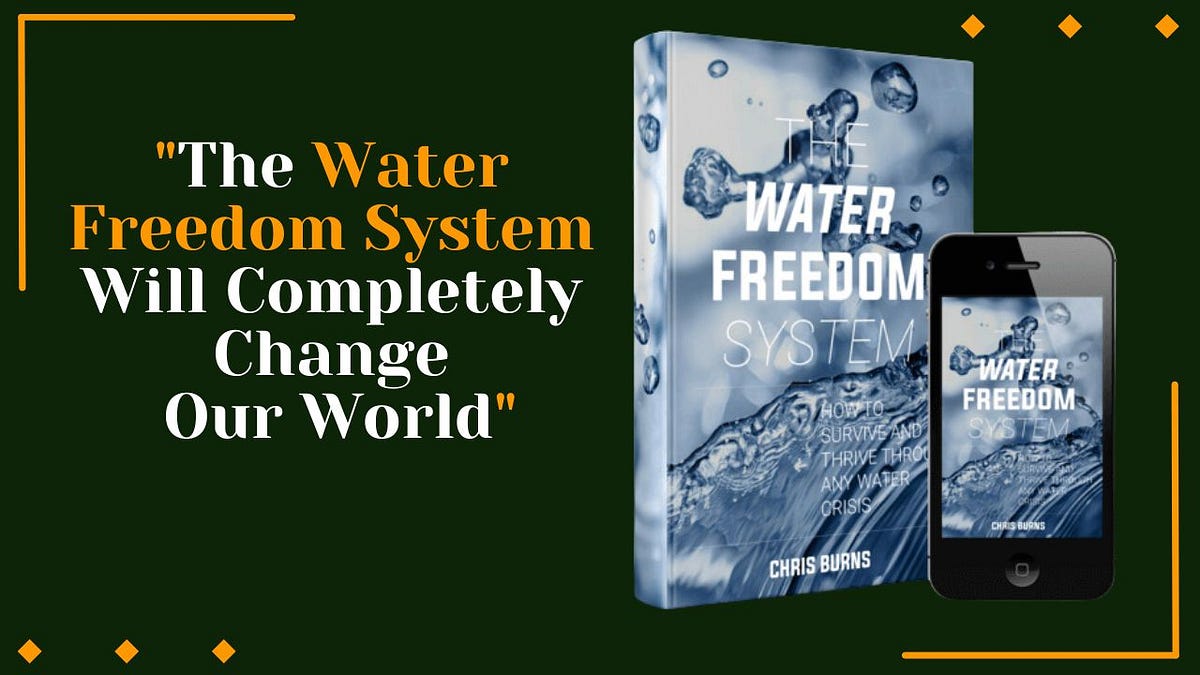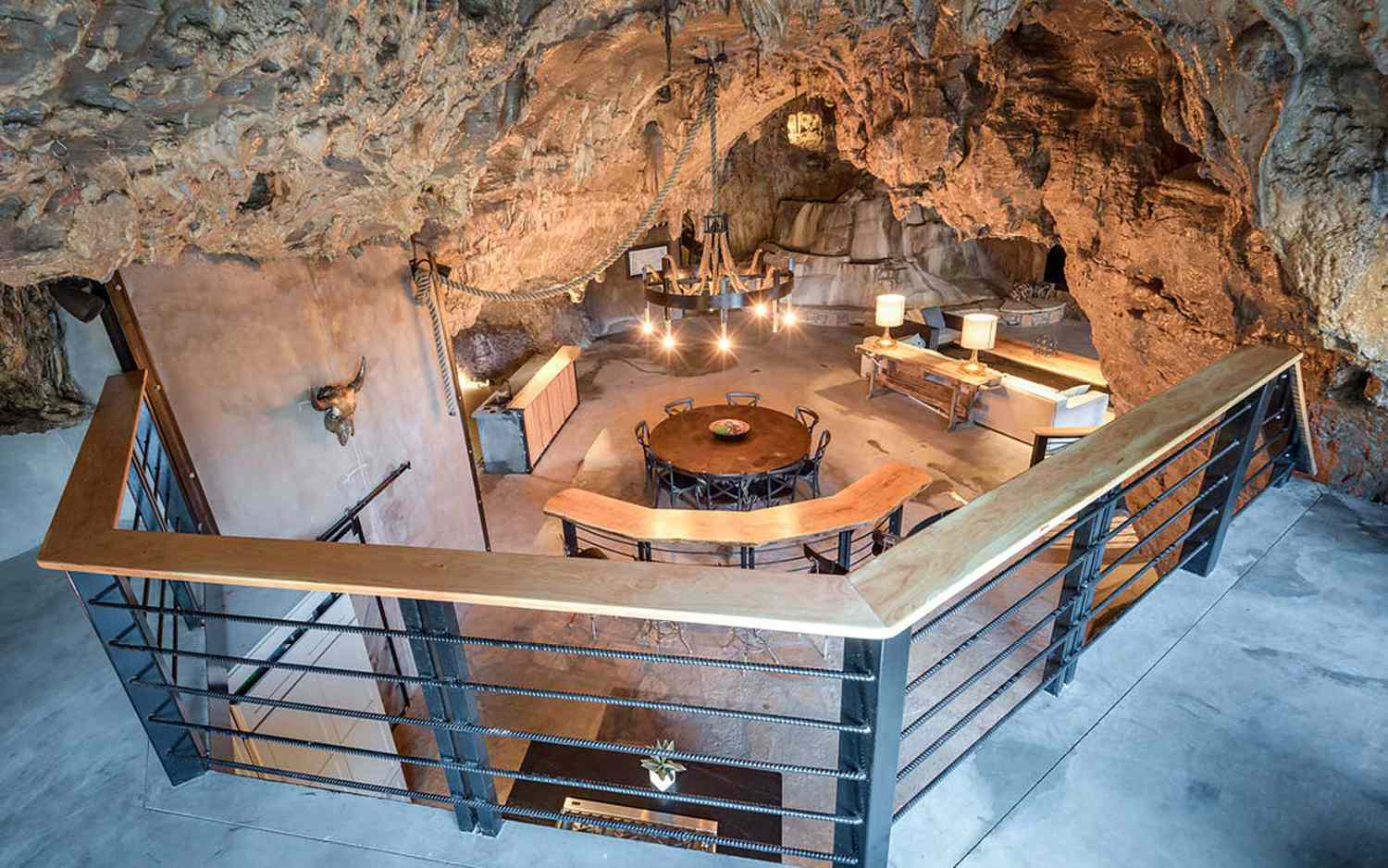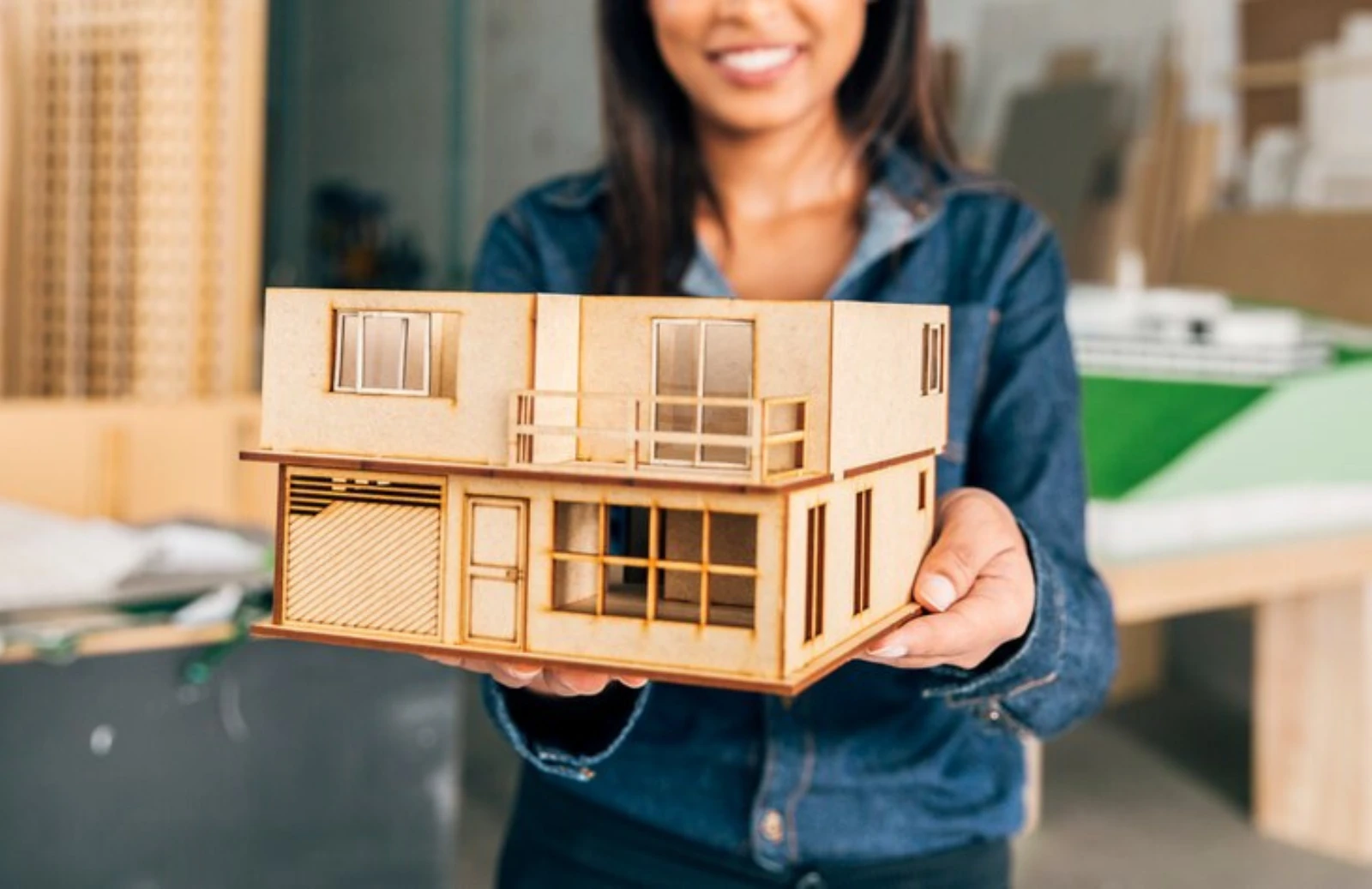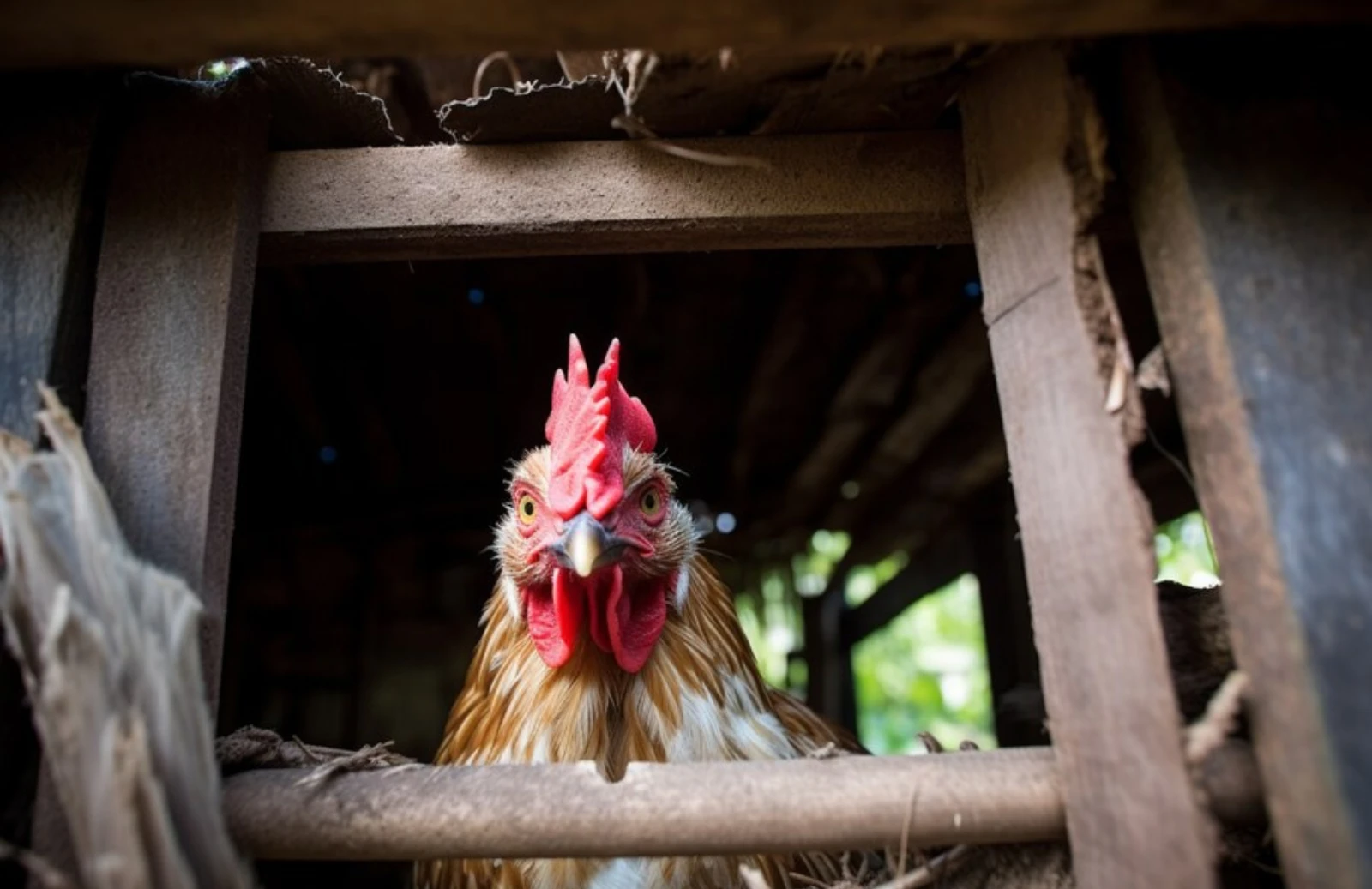Setting up a backyard hybrid electricity system is an excellent way to reduce reliance on the grid, lower energy costs, and promote environmental sustainability. By combining solar and wind power, you can create a reliable and efficient system. Here’s a step-by-step guide to setting up your backyard hybrid electricity system at a low cost and producing your electricity.
Assess Your Energy Needs and Site
Before diving into installation, evaluate your energy consumption. Calculate the total wattage required for your household by checking your electricity bills and identifying essential appliances. Next, assess your backyard for solar and wind potential. Ensure you have a sunny location for solar panels and an open, windy area for a wind turbine.
Research and Purchase Components
1. Solar Panels: Look for high-efficiency, cost-effective solar panels. Polycrystalline panels are typically cheaper than monocrystalline ones but slightly less efficient. Aim for panels that suit your budget while meeting your energy requirements.
2. Wind Turbine: Choose a small wind turbine designed for residential use. Vertical axis wind turbines are often more suitable for backyard setups as they work well in turbulent wind conditions common in residential areas.
3. Inverter: Purchase a hybrid inverter compatible with both solar and wind inputs. This device converts the DC power generated by the panels and turbine into AC power for household use.
4. Battery Storage: Invest in deep-cycle batteries to store excess energy. Lead-acid batteries are more affordable, while lithium-ion batteries offer longer lifespans and better performance but at a higher cost.
5. Charge Controller: Ensure you have a charge controller to regulate the power flowing from your solar panels and wind turbine to the batteries, preventing overcharging and damage.
Installation
1. Solar Panel Installation:
- Mounting: Use a roof-mounted or ground-mounted system, depending on your available space. Ensure the panels are angled correctly to capture maximum sunlight.
- Wiring: Connect the panels in series or parallel based on the voltage and current requirements. Use high-quality, weather-resistant cables.
2. Wind Turbine Installation:
- Tower: Erect a sturdy tower, usually around 30 feet high, to place the wind turbine. The height ensures the turbine captures consistent wind.
- Mounting: Securely mount the turbine atop the tower. Follow the manufacturer’s instructions for assembly and alignment.
- Wiring: Connect the turbine to the hybrid inverter using appropriate cables, ensuring all connections are weatherproof.
3. Connecting the System:
- Inverter Connection: Link the solar panels and wind turbine to the hybrid inverter. The inverter will manage the input from both sources and convert it to usable AC power.
- Battery Connection: Connect the batteries to the inverter via the charge controller. This setup will store excess energy generated during peak production times.
Maintenance and Optimization
Regular maintenance ensures your hybrid system operates efficiently. Clean the solar panels periodically to remove dust and debris. Inspect the wind turbine for wear and tear, lubricating moving parts as necessary. Monitor the battery performance and replace them when their efficiency drops.
Maximizing Efficiency
Optimize your energy consumption by using energy-efficient appliances and LED lighting. Install smart meters to monitor your energy production and usage in real-time. Adjust the positioning of your solar panels and wind turbine seasonally to maximize energy capture.
Conclusion
Setting up a backyard hybrid electricity system at a low cost is achievable with careful planning and smart purchasing. By harnessing the power of the sun and wind, you can produce your electricity, reduce energy costs, and contribute to a greener planet. Follow these steps to enjoy the benefits of renewable energy and energy independence.

